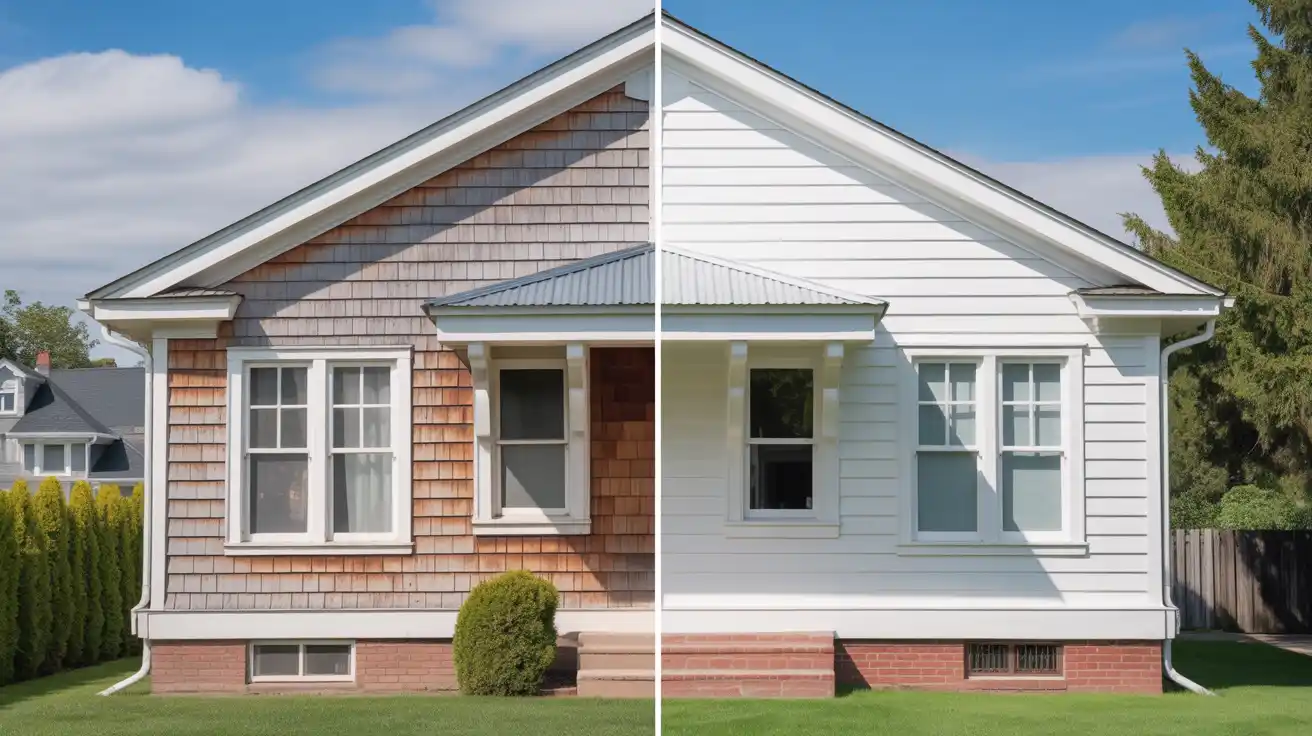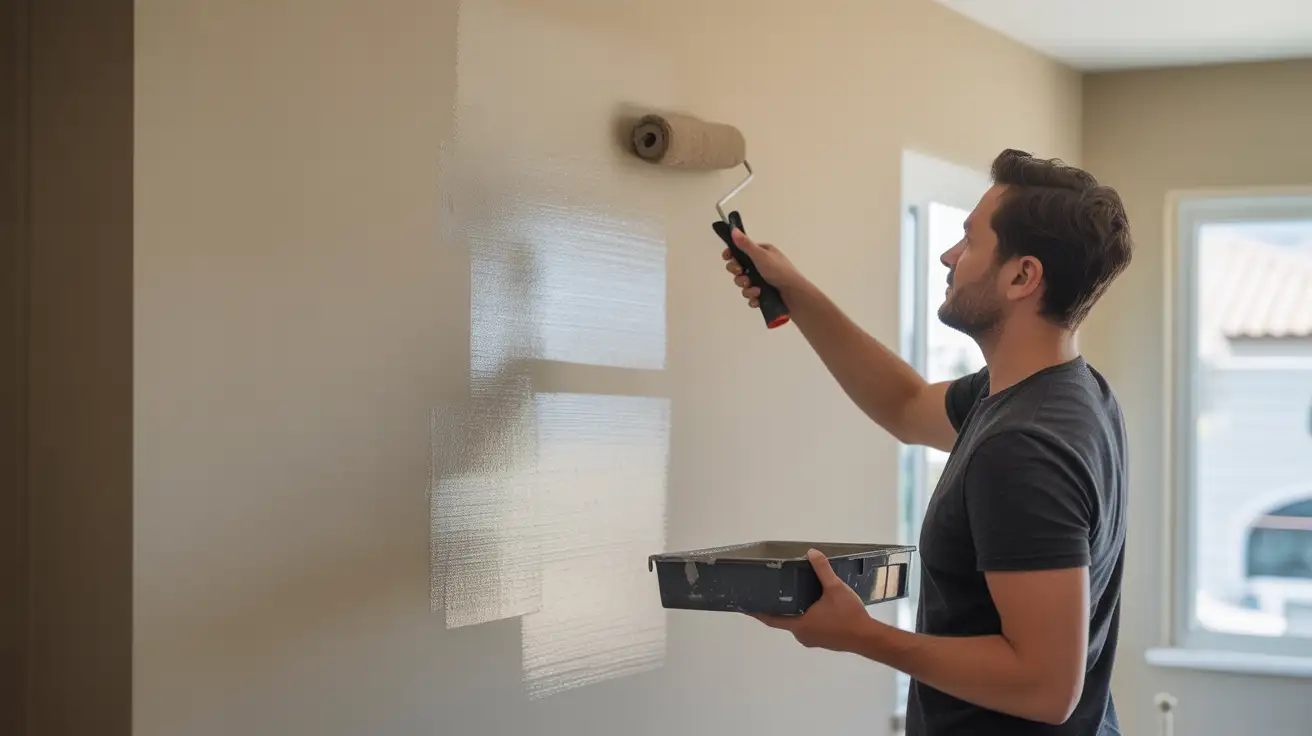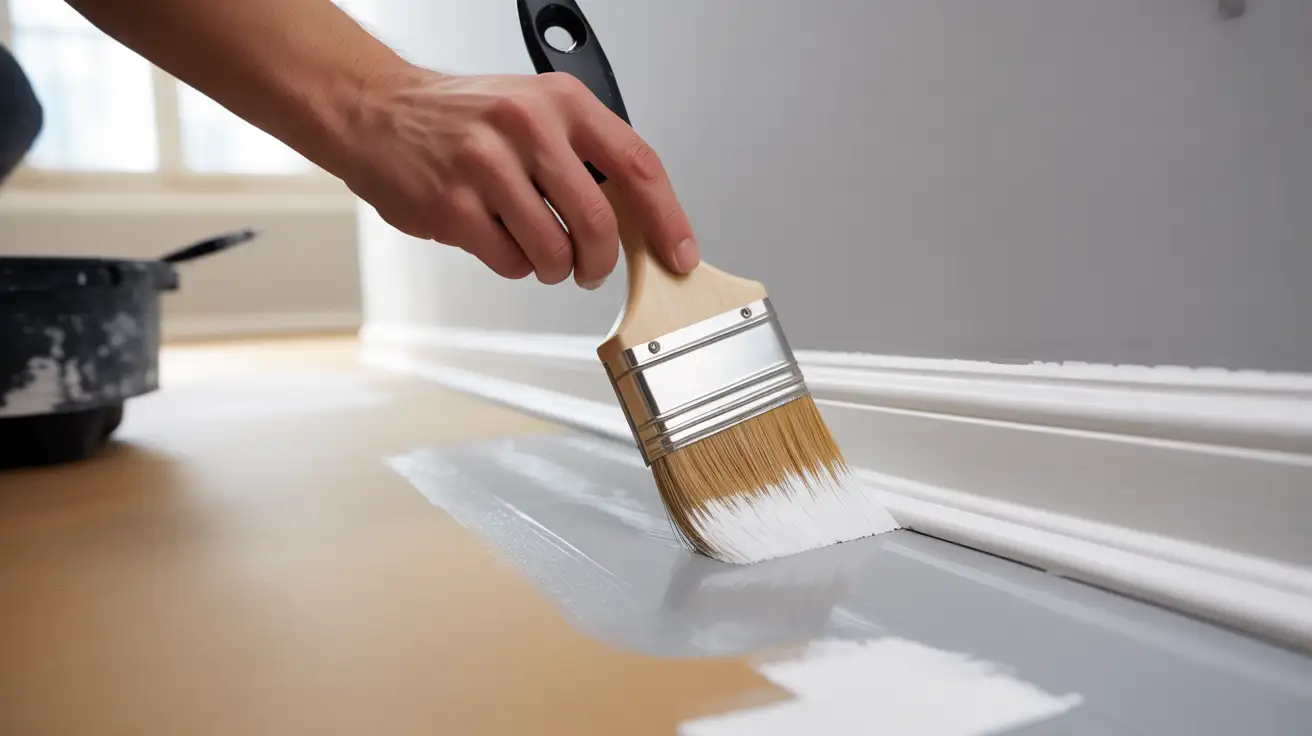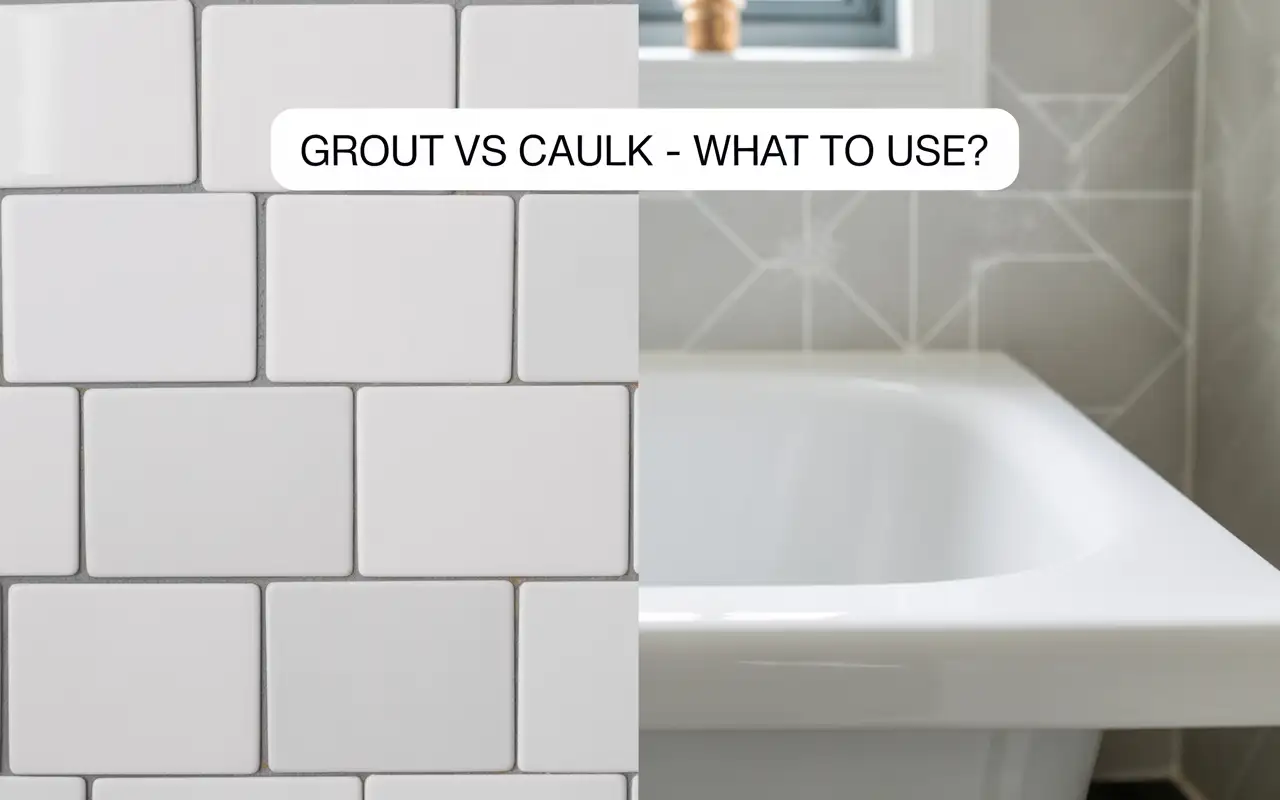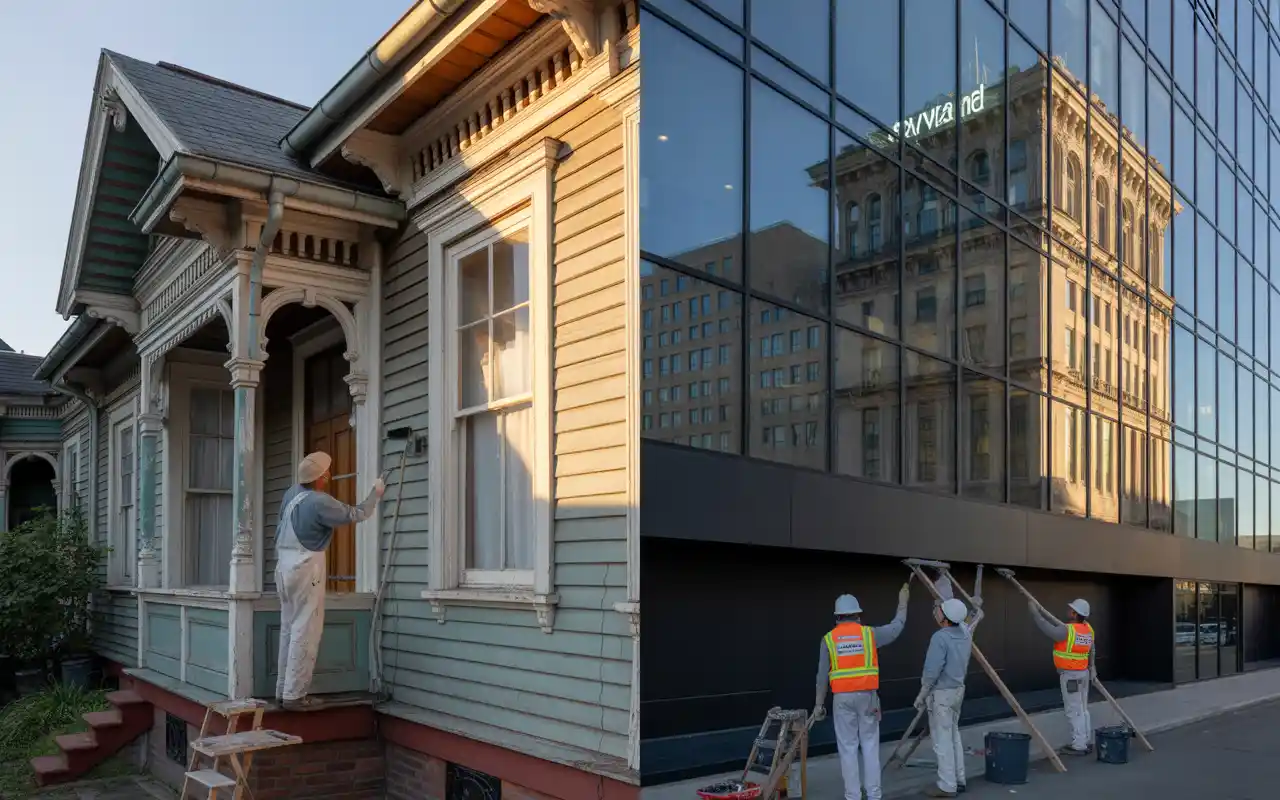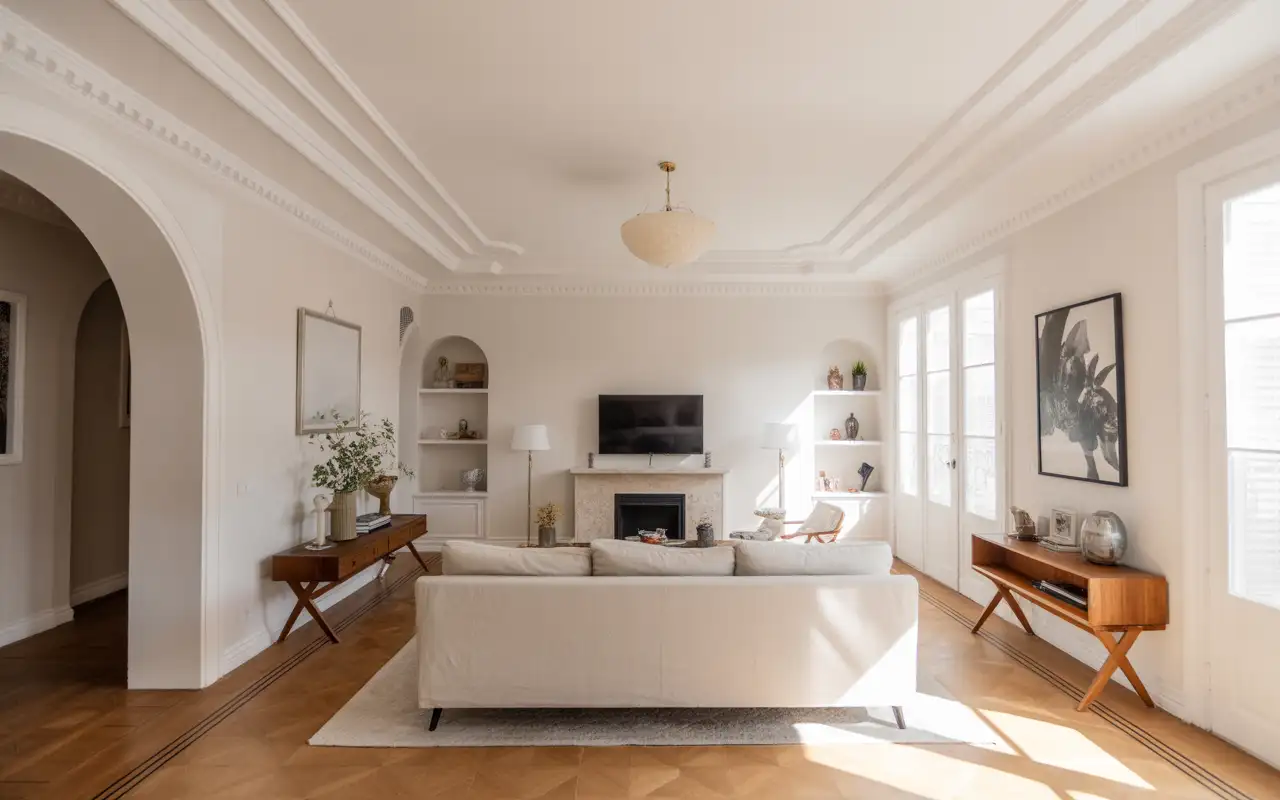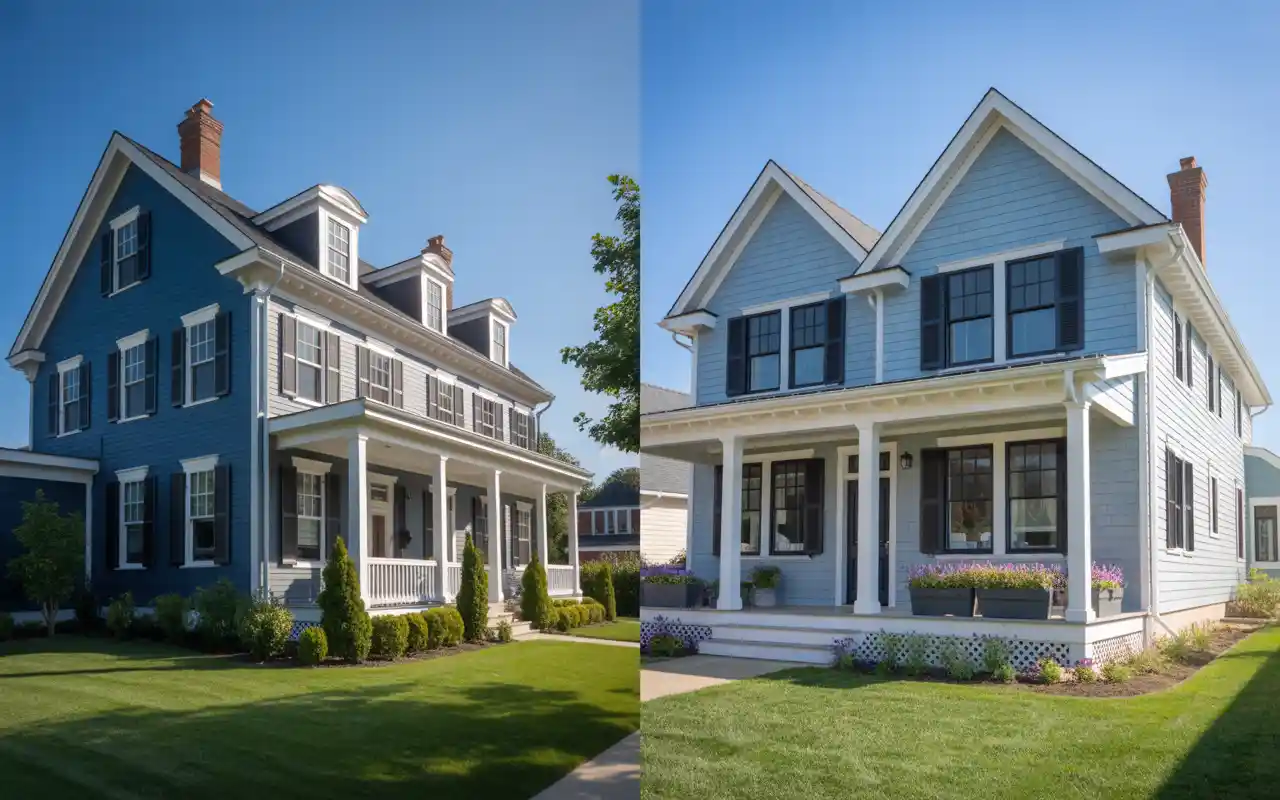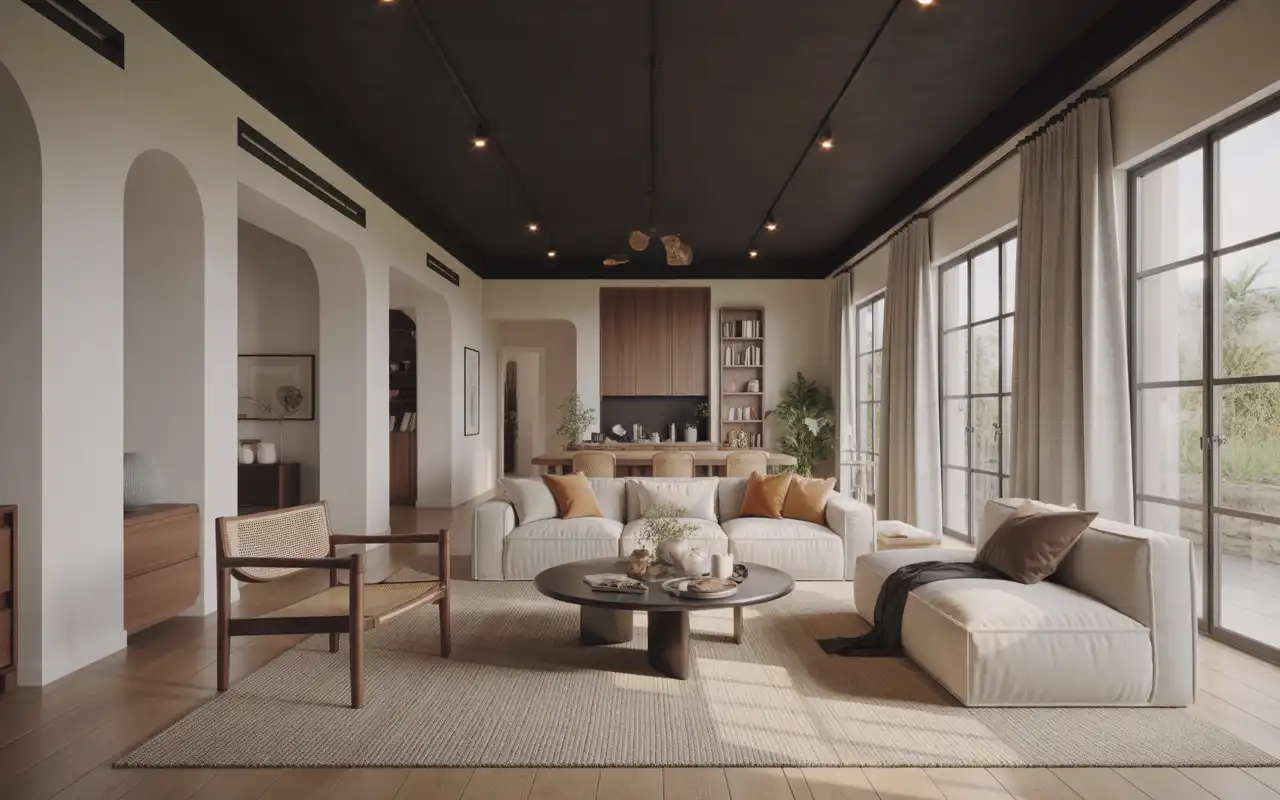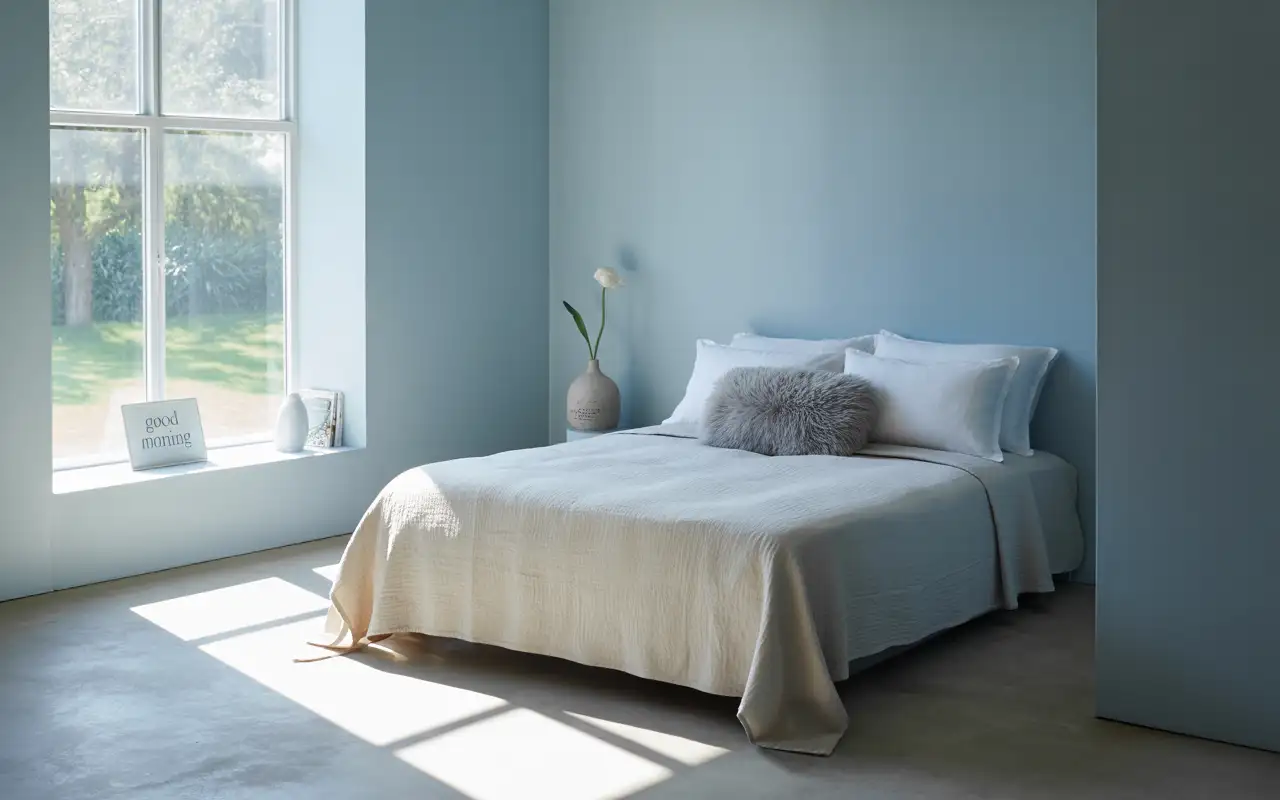How to Paint Cement Board Siding (2025 DIY Guide)
Painting your home’s exterior is the fastest way to boost curb appeal and protect your investment. When dealing with fiber cement siding toughness, understanding the right process is essential for a professional finish that lasts. This guide provides the detailed steps and expert product knowledge you need to complete the job. We will show you exactly how to paint cement board siding. We will coversiding. We will cover the crucial preparation, the necessary tools, and the specific paint chemistry that ensures your home looks fantastic for decades. By following this process, your home will be protected and its value will be refreshed. Can You Paint Fiber Cement Siding? Yes, absolutely. Fiber cement siding, including popular brands like Hardie board, is designed to be painted. In fact, most of this material is sold either pre-primed (requiring only a topcoat) or completely bare (requiring primer and paint). Over time, a quality paint job will fade, chalk, or peel, making a fresh coat necessary. The key to a long-lasting finish is using the correct materials and preparation techniques. Cement board is extremely durable and moisture-resistant, but its unique composition demands certain kinds of coatings to prevent chemical reactions that can ruin the paint. Why the Right Paint Matters: Avoiding the Alkaline Problem You cannot use just any exterior house paint on cement board. This is the single biggest difference between painting wood and painting cement siding. The Danger of Saponification Cement siding contains lime, which makes the material highly alkaline, or high pH. If you apply an oil-based paint directly to this surface, a chemical reaction called saponification occurs. This process breaks down the oil in the paint, essentially turning it into soap. The result is a paint film that quickly softens, peels, and develops a chalky film, completely destroying the finish. The Rule: Oil-based paint is a hard no for cement-based products. The Solution: 100% Acrylic Latex and pH-Blocking Primer To prevent alkaline burn and ensure proper adhesion, you must use a 100% acrylic latex exterior paint. These are water-based and chemically stable when applied over alkaline surfaces. For bare or unpainted cement boards, the use of a pH-blocking primer (also known as a masonry primer) is critical. This specialized primer acts as a shield between the alkaline siding and your topcoat, ensuring a strong, stable bond. If you are repainting previously painted siding that is in good shape, a simple acrylic primer on any bare spots may be sufficient. What You’ll Need for Painting Cement Board Siding Gathering the right tools and materials before you start saves time and prevents frustration. Here’s what you’ll need: Safety Equipment: Safety glasses to protect your eyes Dust mask or respirator Work gloves Sturdy ladder with stabilizer bars Cleaning Supplies: Pressure washer (1,500 to 2,500 PSI) Trisodium phosphate (TSP) or specialized siding cleaner Soft-bristled brush for stubborn stains Garden hose Repair Materials: High-quality exterior filler or caulk Putty knife Sandpaper (120-grit and 220-grit) Painting Tools: pH-blocking primer for masonry surfaces 100% acrylic exterior paint Paint sprayer, roller, or brush (or combination) Paint trays and liners Drop cloths Painter’s tape Cost Breakdown: For a typical 2,000 square foot home, expect to spend between $800 and $1,500 for a DIY project. Here’s the breakdown: Premium acrylic paint (5 gallons): $250 to $400 Primer (3 gallons): $120 to $180 Tools and supplies: $150 to $250 Pressure washer rental (if needed): $75 to $100 per day Repair materials: $50 to $100 Professional painting costs range from $3,500 to $7,000 for the same project. You’ll save $2,000 to $5,500 by doing it yourself. Top Recommended Paints for Fiber Cement Homes Choosing the best paint for fiber cement siding makes the difference between a paint job that lasts two years and one that lasts twenty. Here are proven options: Sherwin-Williams Duration Exterior: This 100% acrylic formula offers excellent coverage and weather resistance. It contains advanced polymers that flex with temperature changes. Cost: $65 to $75 per gallon. Covers 250 to 400 square feet per gallon. Benjamin Moore Aura Exterior: Known for superior color retention and fade resistance. The paint creates a breathable barrier that prevents moisture buildup. Cost: $70 to $85 per gallon. Provides excellent hiding power for color changes. Behr Premium Plus Ultra Exterior: A budget-friendly option that still delivers quality results. The formula includes mildew resistance, crucial for humid climates. Cost: $40 to $50 per gallon. Good for light refreshes and similar color applications. Recommended Primers: Benjamin Moore Fresh Start Primer: Specifically designed for high-alkalinity surfaces. Blocks pH issues and creates excellent adhesion. Cost: $45 to $55 per gallon. Sherwin-Williams Loxon Conditioner: Professional-grade primer that stabilizes fiber cement surfaces. Reduces the number of topcoats needed. Cost: $50 to $60 per gallon. When selecting hardie board paint recommendations, look for products labeled “for masonry” or “high-pH surfaces.” These formulations contain special binders that resist alkaline burn. How to Paint Cement Board Siding: Step-by-Step Guide Follow these steps for a professional-quality finish that lasts. Step 1: Choose the Right Time Paint when temperatures stay between 50°F and 85°F. Avoid painting in direct sunlight or when rain is forecast within 24 hours. Spring and fall offer ideal conditions in most climates. High heat causes paint to dry too quickly, creating lap marks. Cold temperatures prevent proper curing. Step 2: Clean the Siding Thoroughly Start with a power wash at 1,500 PSI. Hold the nozzle 12 to 18 inches from the surface at a 45-degree angle. Work from top to bottom to prevent water from getting behind the siding. Mix TSP with warm water following package directions (typically one cup per gallon). Scrub stubborn areas with a soft-bristled brush. Pay extra attention to areas under eaves where dirt accumulates. For mildew stains, use a solution of one part bleach to three parts water. Let it sit for 10 minutes, then rinse completely. Allow the siding to dry for 48 hours before moving forward. Moisture trapped under paint causes adhesion failure. Step 3: Inspect and Repair Damage Walk around your home looking for

